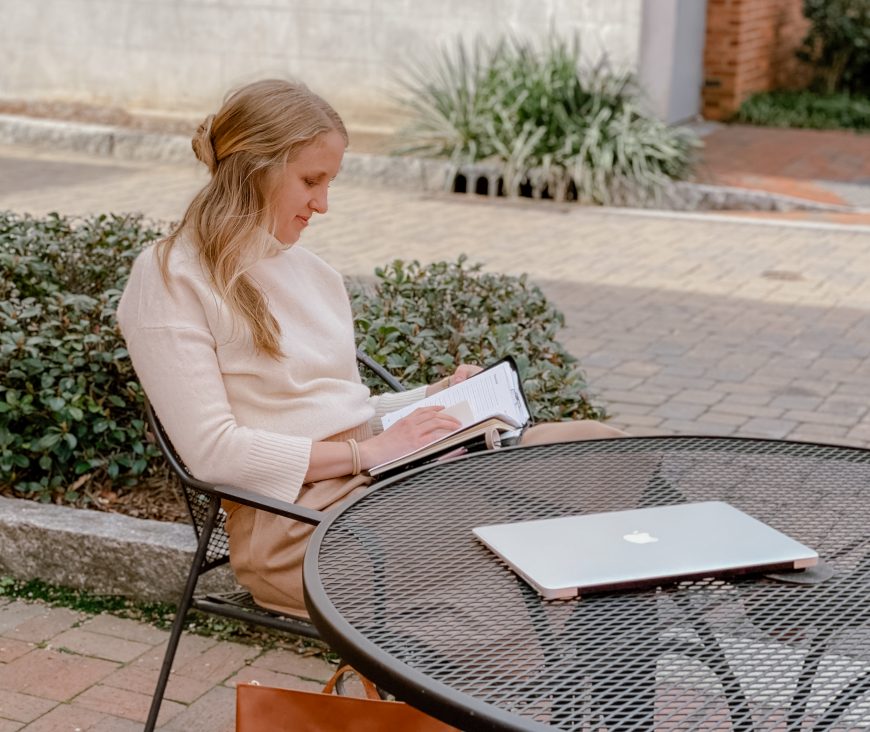If you’ve been in our community for long, you know that I (Shelby) have often shared that I am not a natural at prioritization. It was watching my younger sister McCauley live her ordinary (and yet remarkable) life that propelled me into the time-management space. She’s a queen at getting the right things done, the right way, at the right time, and in the right amount of time. I’m the late bloomer in that area.
When I’d complain about how much better her life was than mine (just keeping it real here), she’d always go back to the same thing: prioritization.
That answer really used to annoy me because I didn’t have a clue about how to prioritize. I’d try to get her to explain to me how she figured out what she needed to do next—and she didn’t know how to explain it to me! She’d just kind of look at everything she had on her plate and then…know. It honestly seemed like magic to me.
It took me reading stacks of time-management books and articles, binging podcasts, and enrolling into workshops and webinars to start to get a sense for how this prioritization thing worked. From that research, I hobbled together some planning worksheets that applied the 80/20 rule to the Eisenhower Matrix, and helped me translate all of that into a time-blocked plan for my day. (It was actually in showing those worksheets to McCauley that the idea for the Evergreen Planner was sparked in the first place!)

